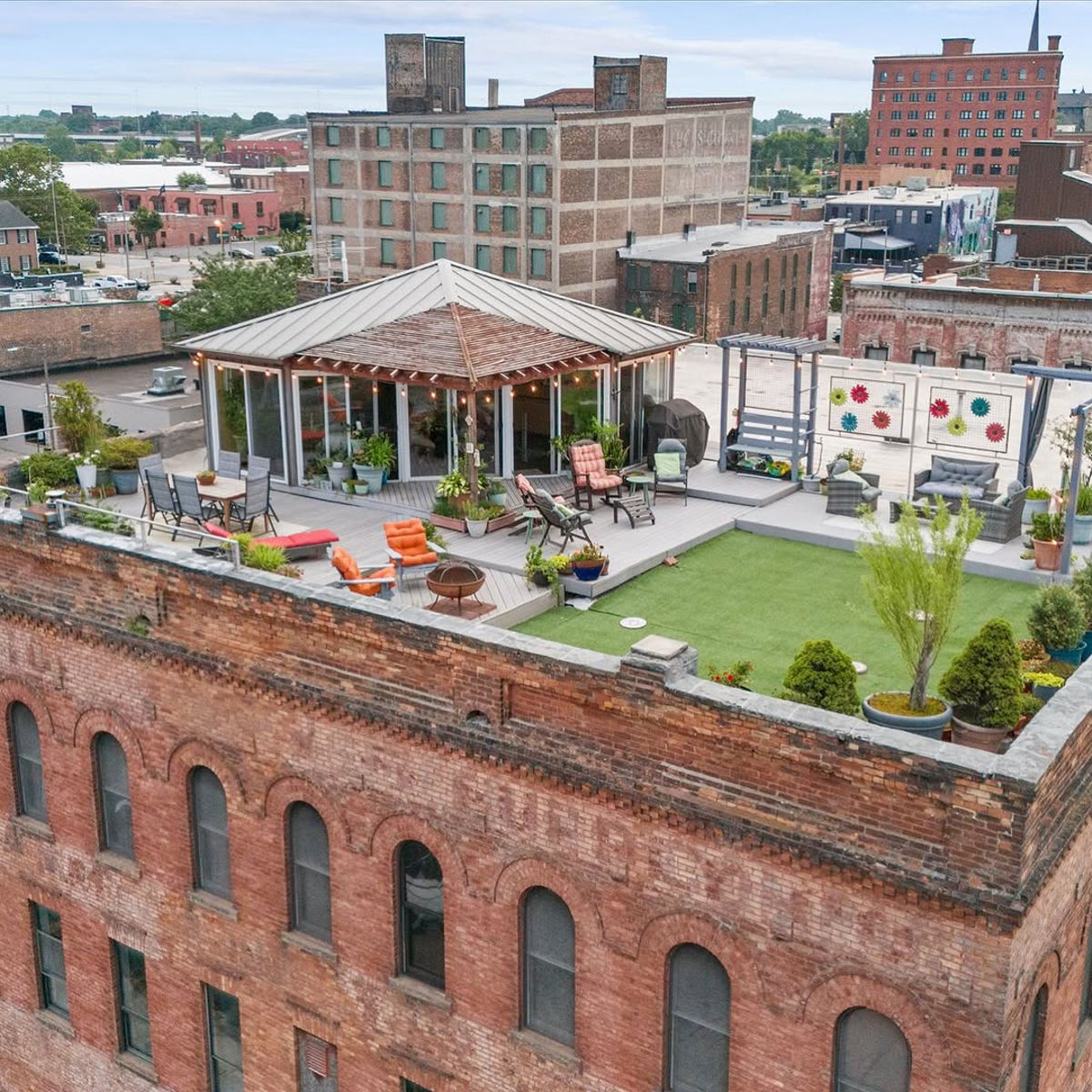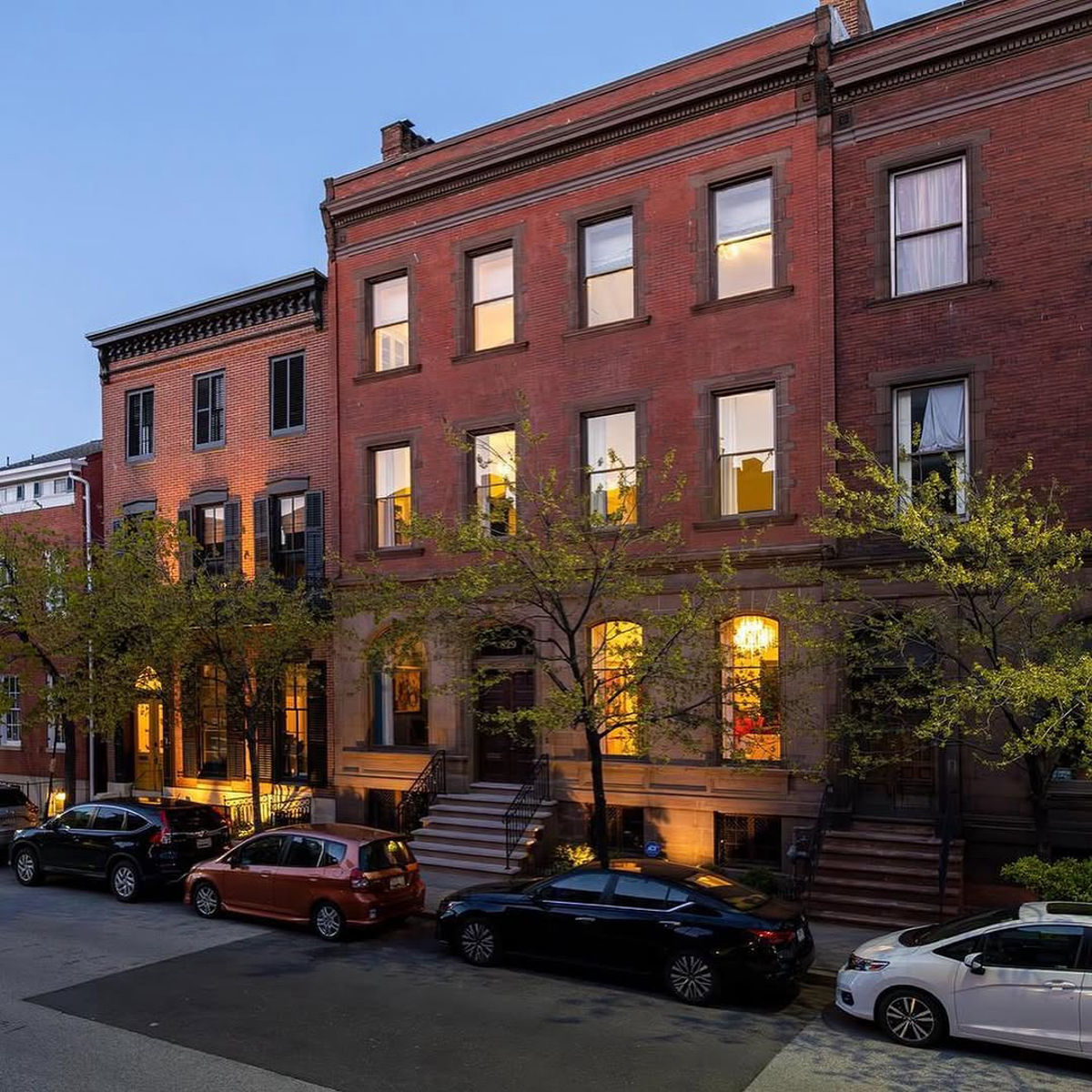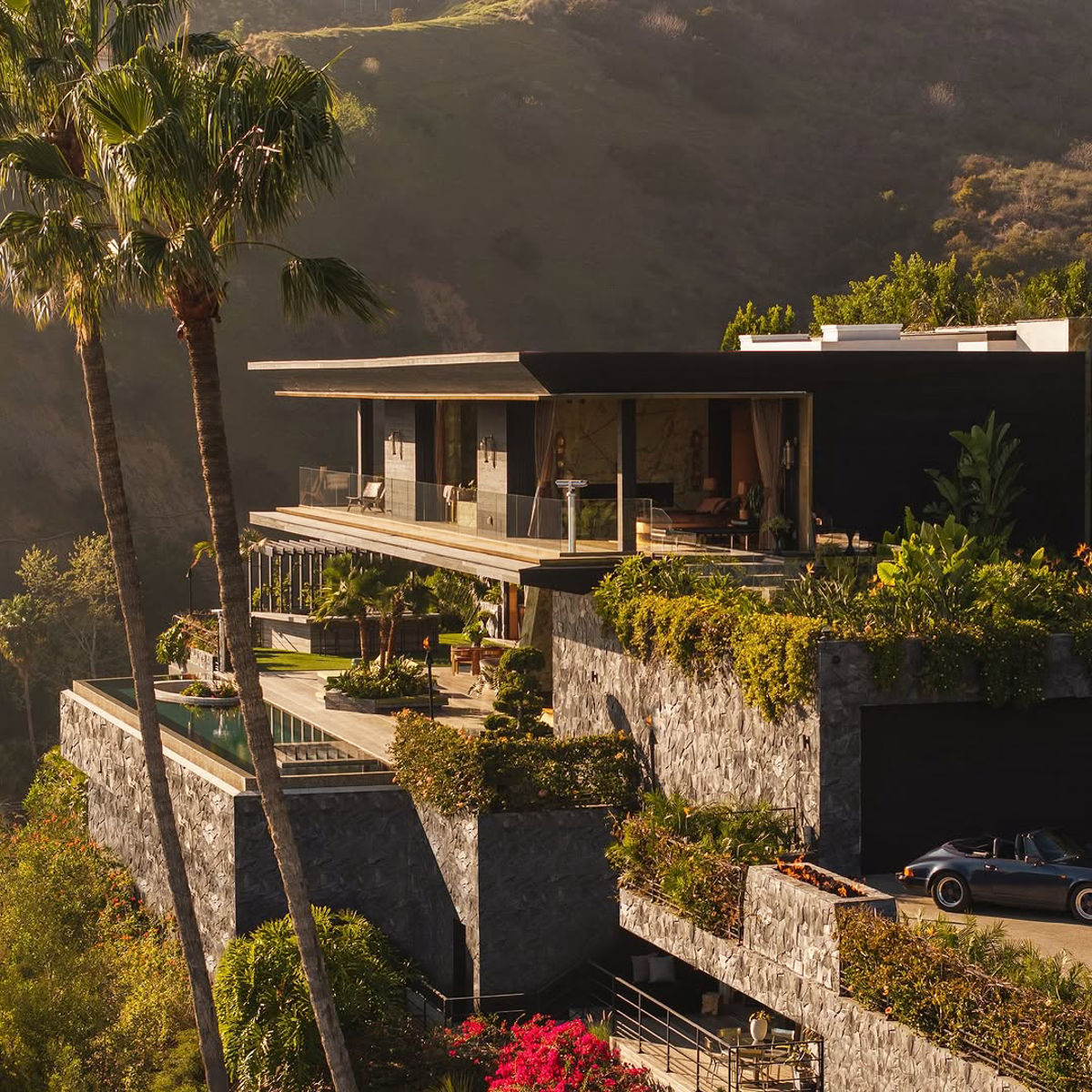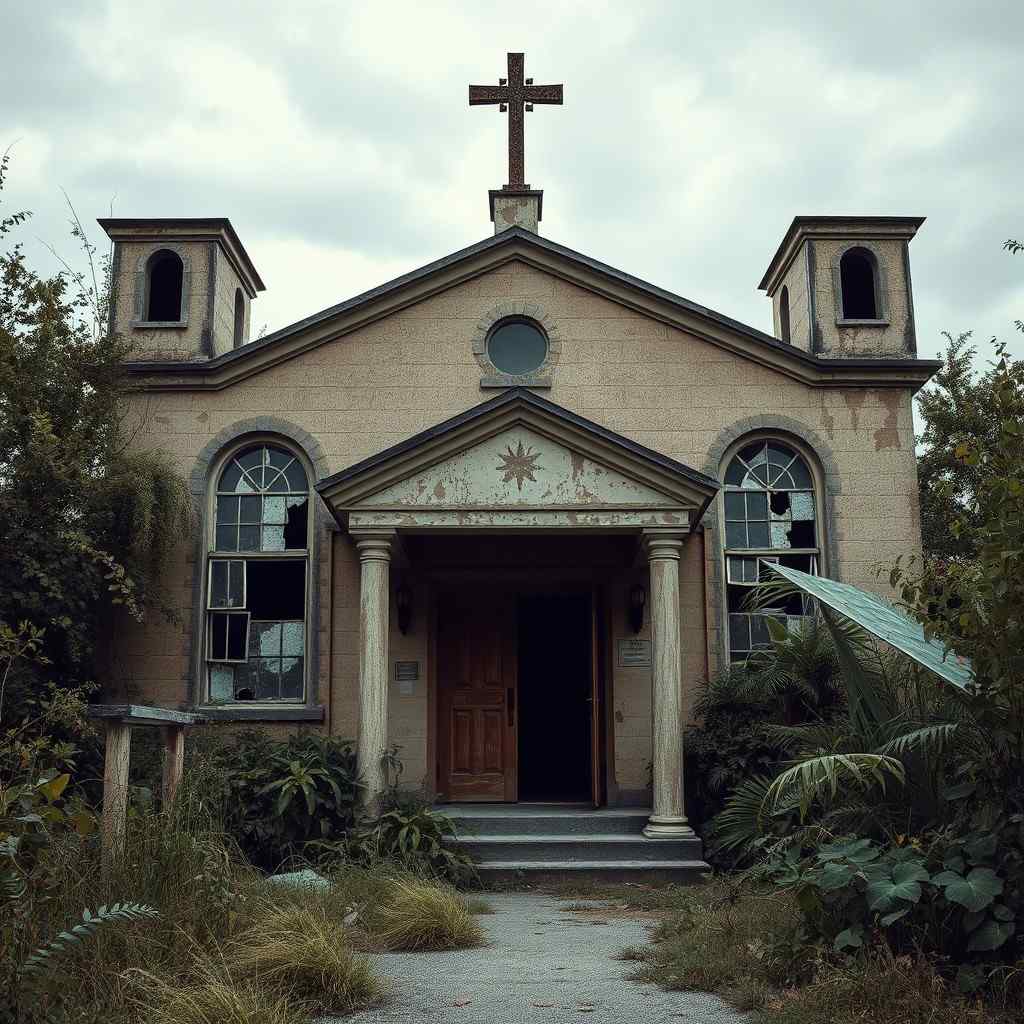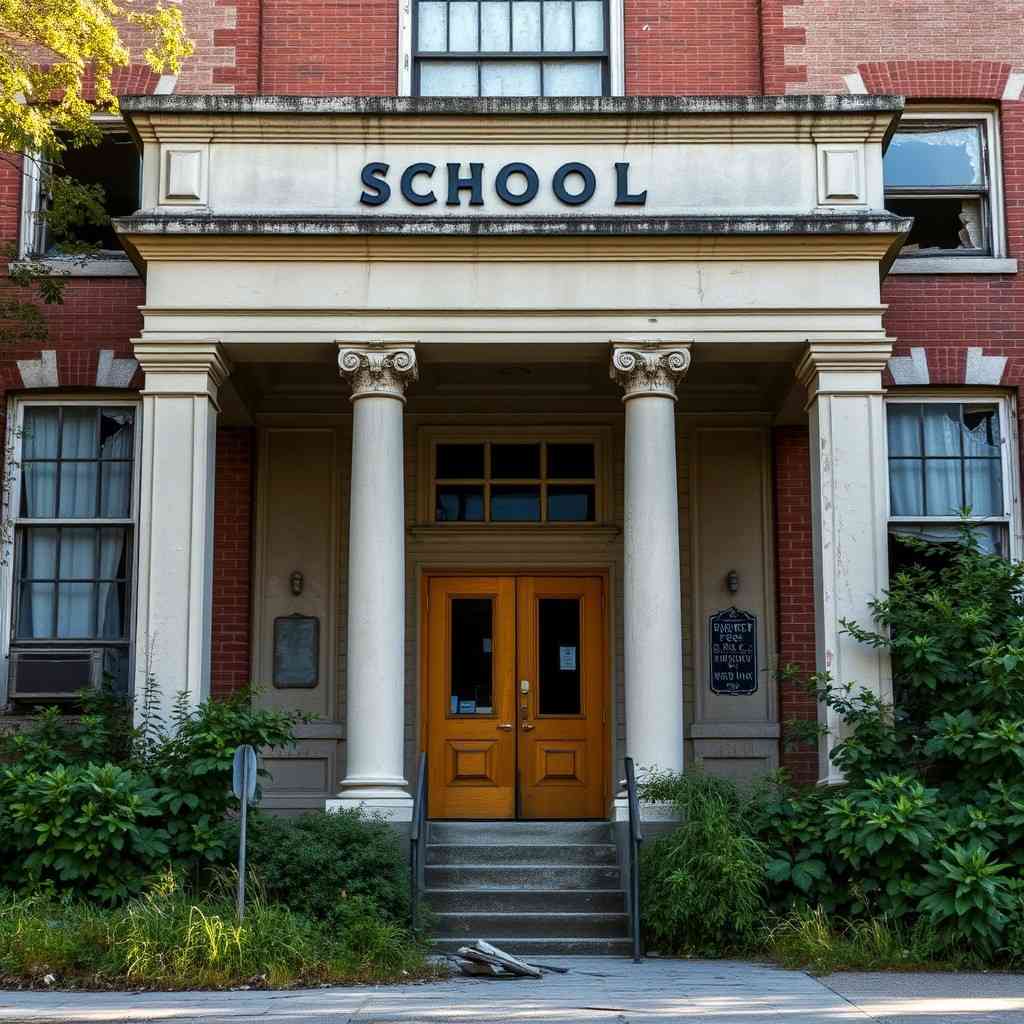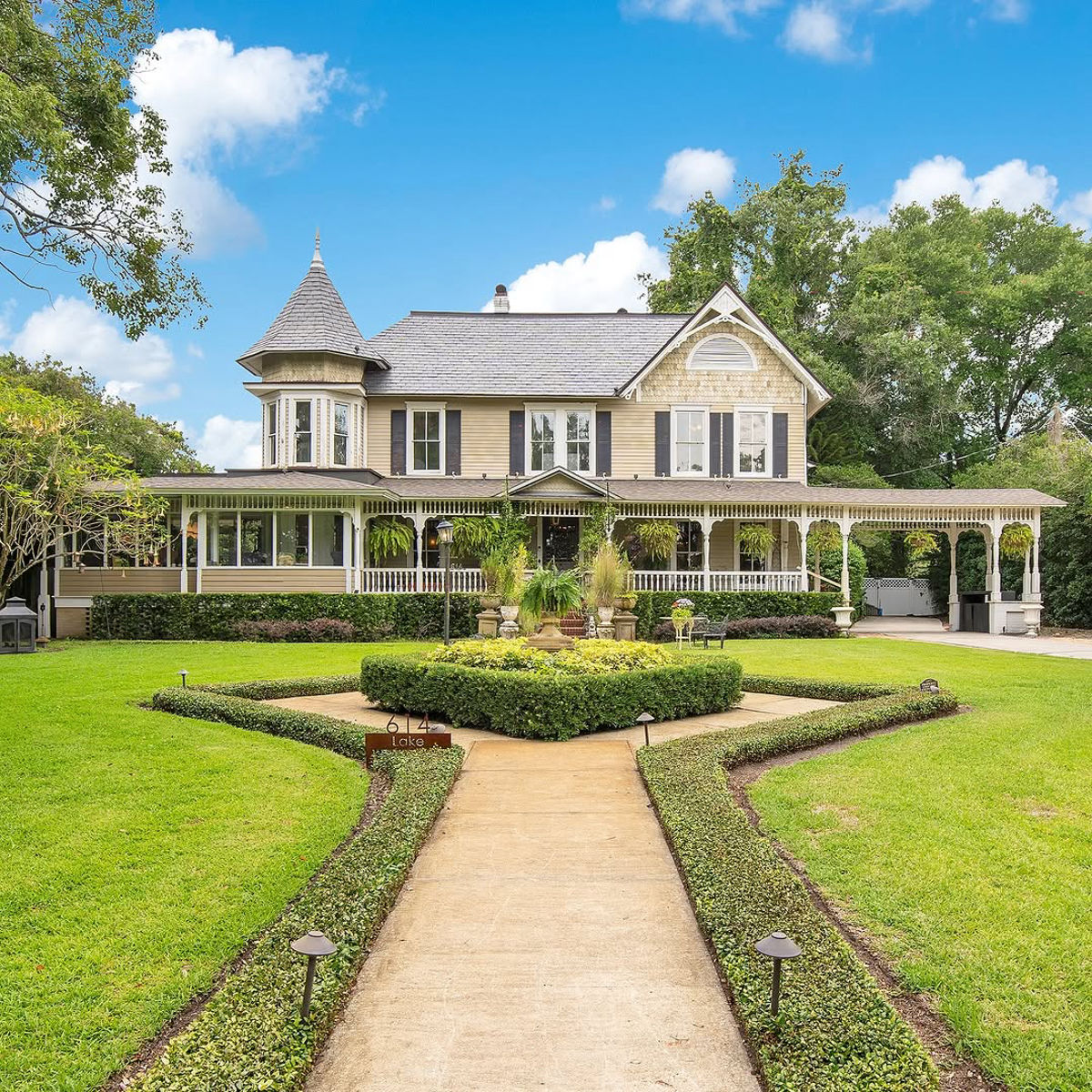The Ultimate Mixed-Use Property: 5,500 Sq Ft Home Plus 8,400 Sq Ft of Income-Generating Commercial Space
Forget cookie-cutter mansions and suburban sprawl. The savviest real estate investors are discovering a revolutionary approach to property ownership: entire buildings that combine luxury living with income-generating commercial space. In downtown Toledo, Ohio, one extraordinary opportunity is turning heads with its unique proposition of urban living meets business ownership for just $1,950,000.
This isn’t your typical real estate listing. We’re talking about purchasing an entire building that includes a spacious 5,500 square foot residential space combined with 8,400 square feet of leased commercial property. For investors seeking both lifestyle enhancement and portfolio diversification, this represents the perfect marriage of personal enjoyment and financial return.
Understanding Mixed-Use Real Estate: The Investment Revolution
What Makes Mixed-Use Properties Special?
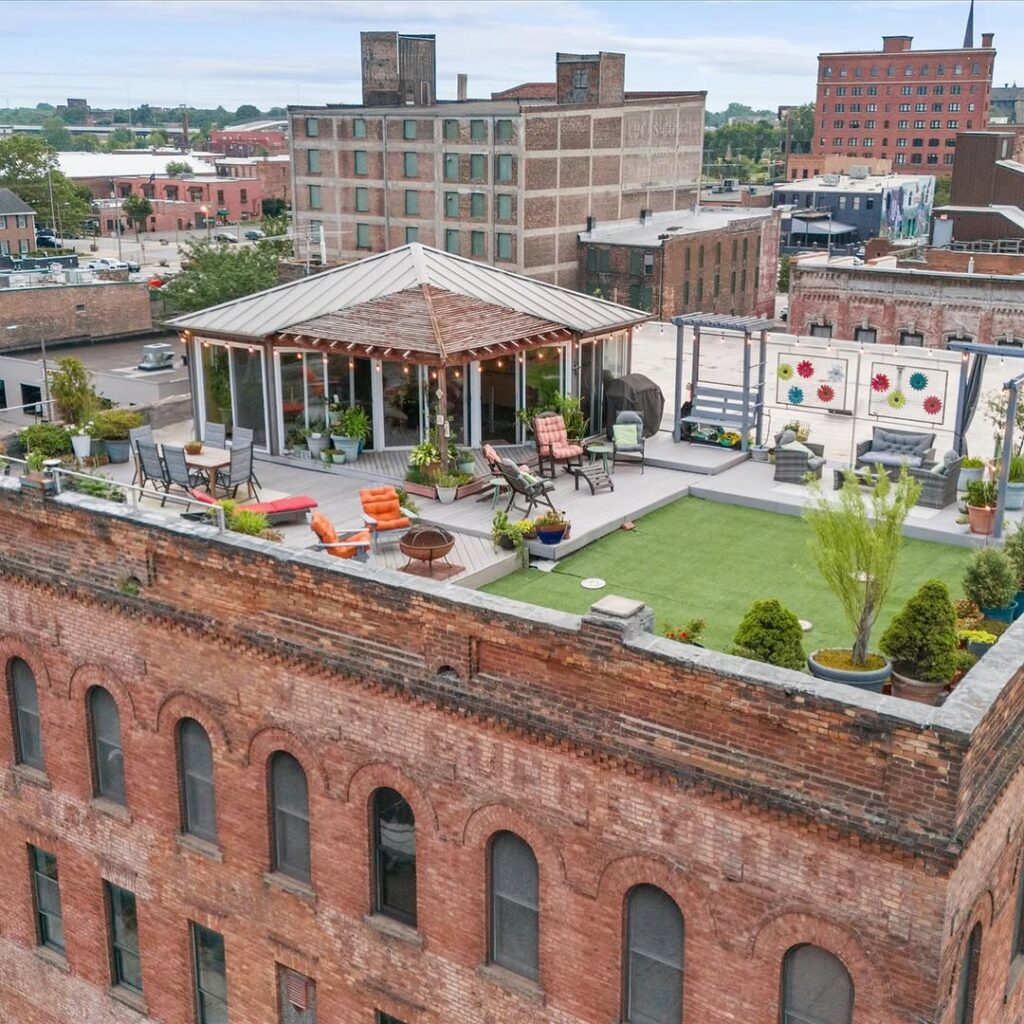
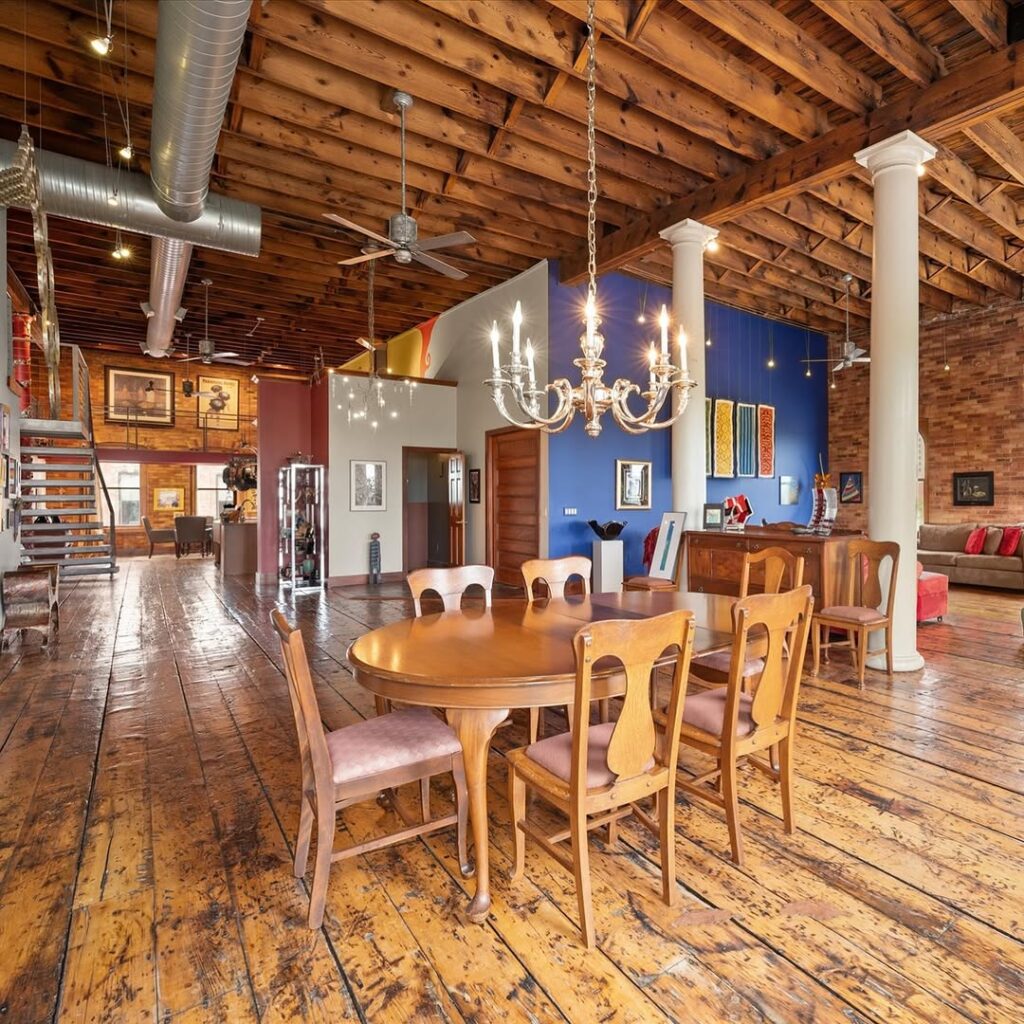
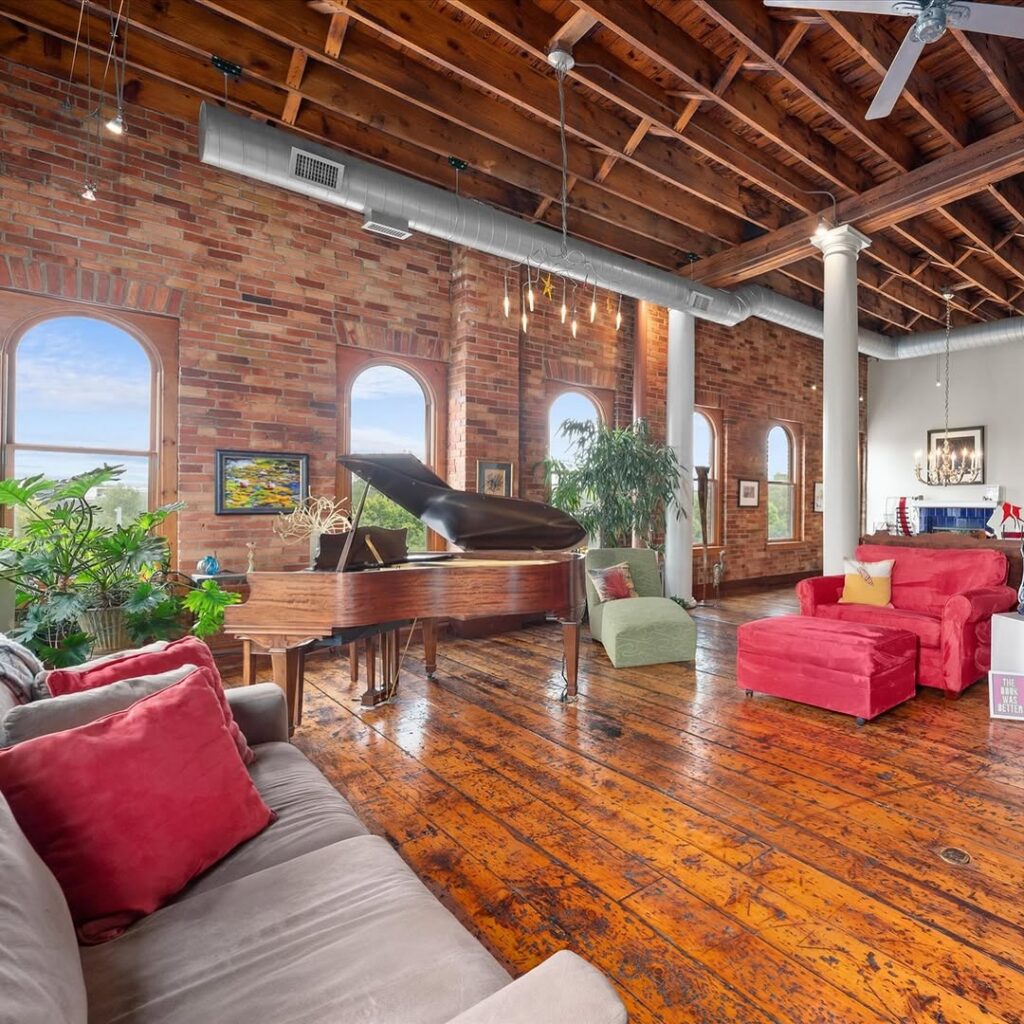
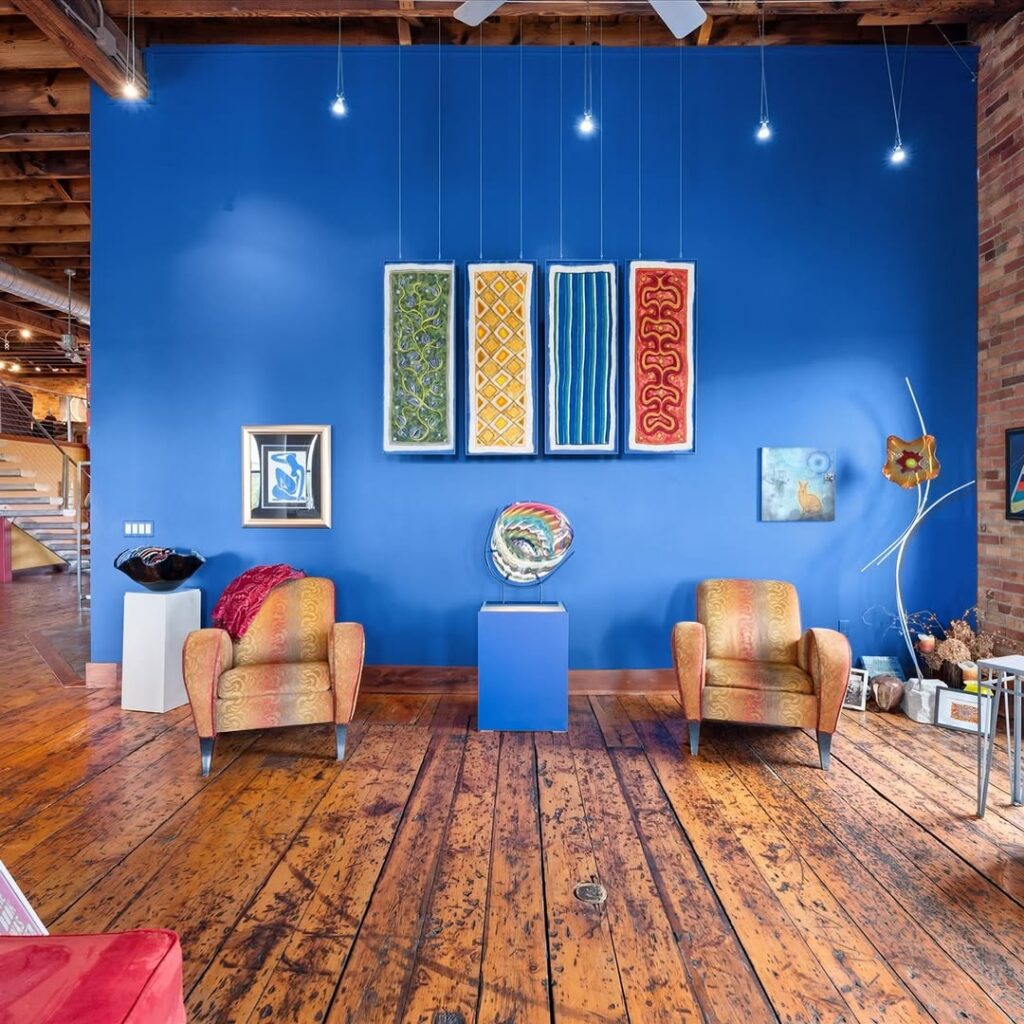
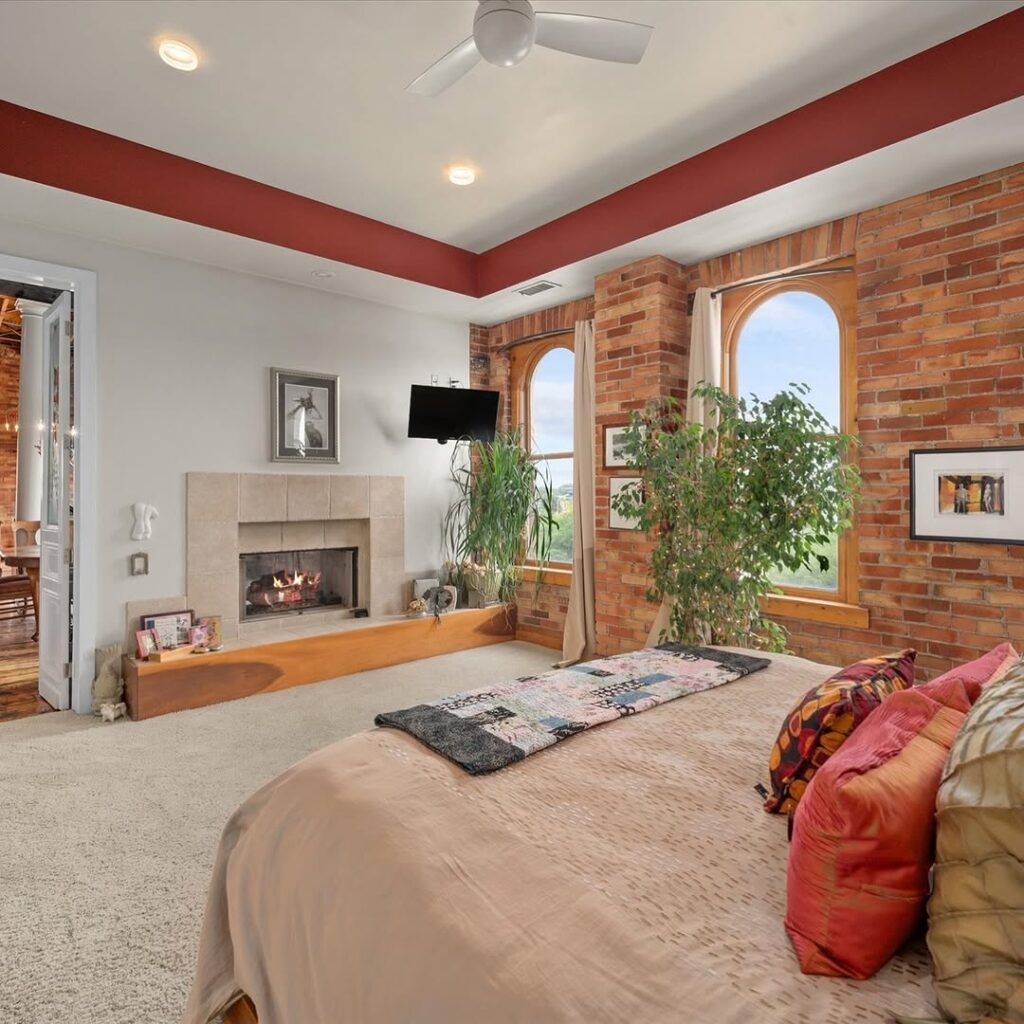
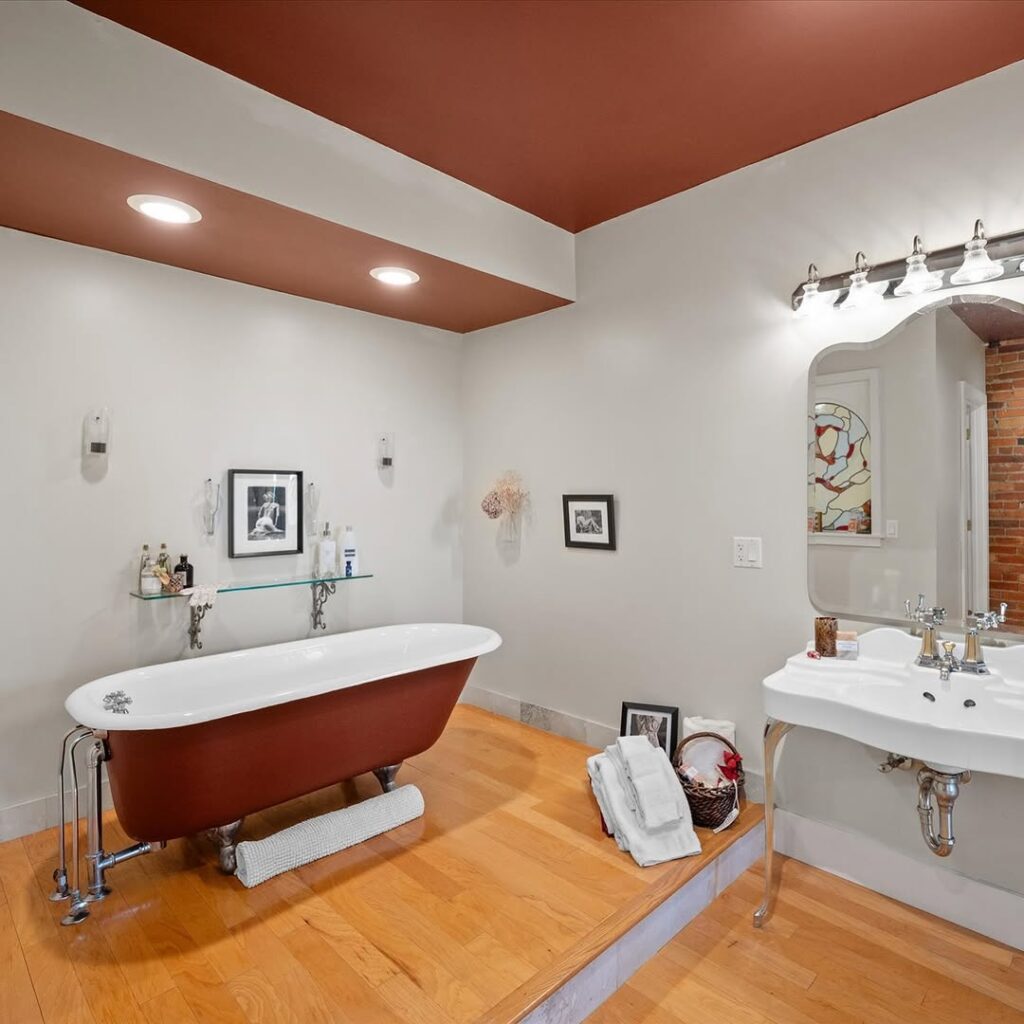
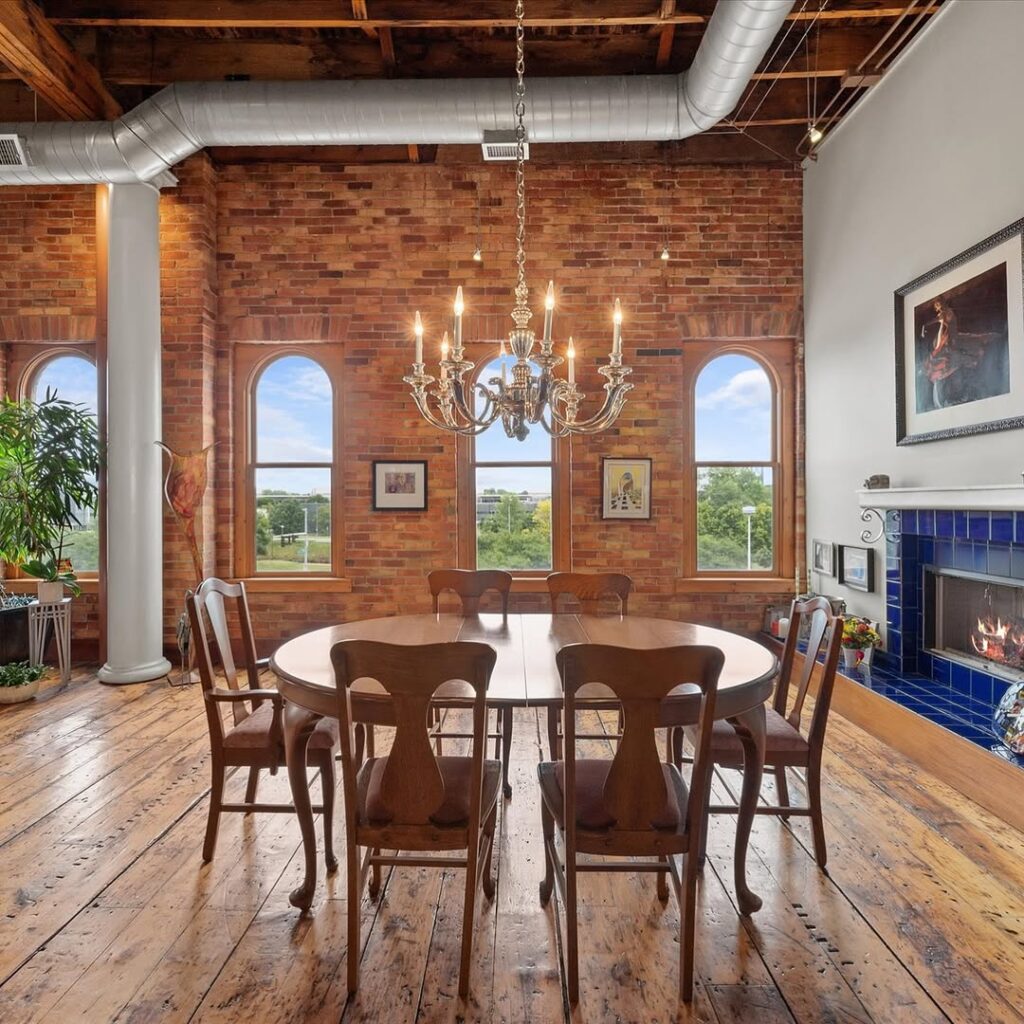
Mixed-use buildings represent one of the fastest-growing segments in commercial real estate. These properties combine residential living spaces with commercial operations, creating multiple revenue streams while offering owners unprecedented lifestyle flexibility. Unlike traditional single-family homes or pure commercial investments, mixed-use properties provide the best of both worlds.
The concept isn’t new, but it’s experiencing a renaissance as investors recognize the advantages of living above or within their business investments. This arrangement offers unique benefits including reduced commute times, hands-on property management, and the ability to write off business expenses related to the commercial portions of the property.
The Financial Mathematics of Mixed-Use Ownership
When you purchase a mixed-use building, you’re essentially buying two properties in one transaction. The residential component serves as your primary residence, eliminating rent or mortgage payments on a separate home. Meanwhile, the commercial space generates rental income that can significantly offset your total investment costs.
In the case of this Toledo property, the 8,400 square feet of leased commercial space represents substantial monthly income potential. Assuming market-rate commercial rents in downtown Toledo range from $12-18 per square foot annually, this commercial space could generate between $100,800 and $151,200 in gross annual rental income.
Toledo’s Downtown Renaissance: Perfect Timing for Investment
The Glass City’s Transformation
Toledo, Ohio, known as the Glass City, is experiencing a remarkable downtown revitalization. The city has invested heavily in urban renewal projects, attracting new businesses, restaurants, and cultural venues to the downtown core. This transformation makes downtown Toledo an attractive location for both commercial tenants and urban residents.
The downtown district offers walkability, cultural amenities, and proximity to major employers including ProMedica, Mercy Health, and the University of Toledo. These factors contribute to strong commercial real estate demand and increasing property values throughout the area.
Market Conditions Favoring Mixed-Use Investments
Current market conditions in Toledo present exceptional opportunities for mixed-use property investments. Commercial vacancy rates have decreased as businesses seek downtown locations, while residential demand for urban living continues growing among young professionals and empty nesters alike.
The relatively affordable entry point compared to major metropolitan markets makes Toledo particularly attractive for investors. Where similar mixed-use buildings in cities like Chicago or Detroit might cost $5-10 million, Toledo offers comparable opportunities at a fraction of the price.
Breaking Down the $1.95M Investment: What You Get
Residential Component: 5,500 Square Feet of Living Space
The residential portion of this building provides 5,500 square feet of living space, equivalent to a luxury home but with the unique character and convenience of downtown urban living. This space likely features high ceilings, large windows, and the industrial charm characteristic of converted downtown buildings.
Urban residential spaces of this size typically include multiple bedrooms, spacious common areas, and modern amenities adapted for contemporary living. The location provides walking access to restaurants, entertainment venues, and cultural attractions while maintaining the privacy and comfort of a substantial residence.
Commercial Component: 8,400 Square Feet of Income Property
The commercial space represents the investment’s income-generating engine. With 8,400 square feet already leased to tenants, this portion provides immediate cash flow while offering long-term appreciation potential. The existing leases provide income stability while you settle into ownership.
Commercial tenants in downtown Toledo often include professional services, retail establishments, restaurants, or creative businesses attracted to the area’s growing reputation as a cultural and business hub. Having established tenants reduces the risk and effort required to generate rental income.
Financial Analysis: Making the Numbers Work
Initial Investment and Financing Considerations
The $1,950,000 purchase price represents exceptional value when compared to the cost of acquiring similar residential and commercial properties separately. Traditional financing for mixed-use properties typically requires larger down payments than residential mortgages, often 25-30% of the purchase price.
Assuming a 25% down payment ($487,500), the remaining $1,462,500 could be financed through commercial mortgages. Current commercial mortgage rates vary but generally range from 6-8% depending on the lender and borrower qualifications. This financing structure keeps the initial cash requirement manageable while leveraging the property’s income potential.
Cash Flow Projections and Return Analysis
The financial attractiveness of this investment lies in its dual nature. While you eliminate housing costs by living in the residential portion, the commercial space generates rental income to offset mortgage payments and building expenses.
Conservative estimates suggest the 8,400 square feet of commercial space could generate $8,000-12,000 monthly in gross rental income, or $96,000-144,000 annually. After accounting for property taxes, insurance, maintenance, and vacancy allowances, net operating income might range from $70,000-110,000 per year.
Tax Advantages of Mixed-Use Ownership
Mixed-use property ownership offers unique tax advantages unavailable to traditional homeowners. The commercial portion of the building qualifies for business expense deductions including depreciation, maintenance costs, property management expenses, and improvements.
Additionally, if you operate a business from part of the commercial space, you can deduct home office expenses related to that portion of the building. These tax benefits can significantly improve the investment’s after-tax returns.
Living in Downtown Toledo: Urban Lifestyle Benefits
Cultural and Entertainment Amenities
Downtown Toledo offers a surprising array of cultural attractions and entertainment options. The Toledo Museum of Art, one of the finest art museums in the country, anchors the city’s cultural district. The historic Valentine Theatre hosts concerts and performances, while numerous galleries, restaurants, and bars create a vibrant nightlife scene.
The downtown area also features several parks and green spaces, including the scenic Maumee River waterfront with walking and biking trails. These amenities provide residents with quality-of-life benefits typically associated with much larger metropolitan areas.
Walkability and Convenience
One of the major advantages of downtown living is walkability. Daily errands, dining, and entertainment are often within walking distance, reducing transportation costs and improving quality of life. This convenience factor particularly appeals to young professionals and retirees seeking to minimize driving and maximize urban experiences.
The downtown location also provides easy access to major highways for regional travel while offering public transportation options for local commuting. This combination of local walkability and regional connectivity makes downtown Toledo living both convenient and practical.
Property Management Considerations
Hands-On vs. Professional Management
Owning a mixed-use building requires property management decisions that differ from traditional residential or commercial investments. Living on-site provides opportunities for hands-on management, which can reduce costs while improving tenant relationships and property maintenance.
However, some owners prefer professional property management companies to handle commercial tenant relations, rent collection, and maintenance coordination. This approach provides more separation between personal and business activities while ensuring professional handling of commercial real estate matters.
Maintenance and Capital Improvements
Mixed-use buildings require ongoing maintenance for both residential and commercial components. Regular upkeep includes HVAC systems, plumbing, electrical systems, and structural elements serving both portions of the building. Planning for these expenses is crucial for long-term investment success.
Capital improvements can enhance both living comfort and rental income potential. Upgrading common areas, improving energy efficiency, or modernizing commercial spaces can attract better tenants and command higher rents while improving your personal living environment.
Potential Challenges and Risk Mitigation
Commercial Tenant Management
Managing commercial tenants involves different considerations than residential rentals. Commercial leases are typically longer-term and more complex, requiring understanding of business needs, zoning requirements, and commercial lease structures.
However, commercial tenants often take better care of their spaces and require less frequent turnover than residential tenants. Established businesses also provide more stable income streams, especially when locked into multi-year leases.
Market Risk and Diversification
Like any real estate investment, mixed-use properties face market risks including economic downturns, changing neighborhood conditions, and shifts in commercial real estate demand. However, the combination of residential and commercial uses provides some diversification within a single property.
If commercial demand weakens, the residential component maintains its value and utility. Conversely, strong commercial demand can offset residential market fluctuations. This internal diversification provides more stability than single-use properties.
Comparison with Alternative Investments
Traditional Residential Real Estate
Compared to purchasing a $1.95 million mansion, this mixed-use building offers superior financial returns through commercial rental income. Traditional luxury homes provide lifestyle benefits but generate no income while requiring ongoing maintenance expenses.
The mixed-use approach transforms housing from a pure expense into a revenue-generating asset while maintaining the lifestyle benefits of luxury living space.
Pure Commercial Real Estate
While pure commercial buildings might offer higher rental yields, they lack the personal use component that eliminates housing costs. Mixed-use properties provide lifestyle benefits unavailable through traditional commercial investments while still generating substantial rental income.
The residential component also provides flexibility to adjust living arrangements without selling the entire investment, offering lifestyle adaptability not available with pure commercial properties.
Due Diligence: What to Investigate
Building Condition and Systems
Before purchasing any mixed-use building, thorough inspections of all building systems are essential. This includes HVAC systems serving both residential and commercial spaces, electrical systems capable of handling commercial loads, plumbing throughout the building, and structural integrity of the entire property.
Professional inspections should evaluate the condition and remaining useful life of major systems, helping you budget for future capital expenditures and identify any immediate repair needs.
Tenant Lease Analysis
Reviewing existing commercial leases provides crucial information about income stability and future rental potential. Key factors include lease terms, rental rates, tenant creditworthiness, renewal options, and any special provisions that might affect future income.
Understanding tenant businesses and their long-term viability helps assess income stability and potential vacancy risks. Strong, established tenants with long-term leases provide more predictable income streams.
Zoning and Regulatory Compliance
Mixed-use buildings must comply with zoning regulations governing both residential and commercial uses. Verifying current zoning compliance and understanding any restrictions on future use changes protects your investment flexibility.
Building codes, fire safety requirements, and ADA compliance issues may differ for commercial versus residential portions of the building. Ensuring full compliance avoids costly future modifications or legal issues.
Financing Mixed-Use Properties
Commercial Mortgage Options
Mixed-use properties typically require commercial mortgages, which differ from residential financing in several ways. Commercial lenders focus heavily on the property’s income-generating potential and the borrower’s experience with commercial real estate.
Down payment requirements usually range from 20-30%, with loan terms typically shorter than residential mortgages. Interest rates may be higher than residential rates but are often competitive with other commercial real estate financing.
SBA Loans for Owner-Occupied Properties
Small Business Administration (SBA) loans can sometimes finance mixed-use properties when the owner operates a business from the commercial space. SBA 504 loans, in particular, can provide favorable terms for owner-occupied commercial real estate.
These programs may offer lower down payments and longer repayment terms than conventional commercial mortgages, making mixed-use investment more accessible to qualified borrowers.
Market Trends Supporting Mixed-Use Investment
Urban Living Preferences
Demographic trends favor urban living, particularly among millennials and Generation Z professionals who prefer walkable neighborhoods with diverse amenities. This trend supports demand for downtown residential space while creating potential customers for ground-floor commercial tenants.
Empty nesters and retirees also increasingly prefer urban living for its convenience and cultural amenities, expanding the potential residential market beyond young professionals.
Remote Work and Flexible Spaces
The rise of remote work has increased demand for flexible commercial spaces that can serve various business needs. Mixed-use buildings can adapt to changing tenant requirements, potentially commanding premium rents for versatile, well-located spaces.
Home-based businesses also benefit from having commercial space available within the same building, providing professional meeting spaces while maintaining residential comfort.
Exit Strategy Considerations
Appreciation Potential
Mixed-use properties in revitalizing downtown areas often experience strong appreciation as neighborhoods improve and demand increases. Toledo’s ongoing downtown development suggests positive long-term appreciation potential for well-located mixed-use buildings.
The dual-use nature can make these properties more valuable to a broader range of potential buyers, including investors, owner-occupants, and developers considering alternative uses.
Conversion Opportunities
If market conditions change, mixed-use buildings offer conversion flexibility. Commercial space might be converted to additional residential units, or residential space could be converted to commercial use, depending on zoning regulations and market demand.
This flexibility provides options for adapting to changing market conditions while maximizing property value regardless of future economic trends.
Environmental and Sustainability Considerations
Energy Efficiency Opportunities
Mixed-use buildings offer opportunities for energy efficiency improvements that benefit both residential comfort and commercial tenant satisfaction. Upgrading insulation, windows, HVAC systems, and lighting can reduce operating costs while improving the building’s market appeal.
Many utility companies offer rebates for energy efficiency improvements in commercial buildings, helping offset upgrade costs while reducing long-term operating expenses.
Urban Sustainability Benefits
Downtown living reduces environmental impact through decreased transportation needs, shared infrastructure, and higher population density. Mixed-use buildings maximize land use efficiency while supporting sustainable urban development patterns.
These sustainability benefits increasingly appeal to environmentally conscious tenants and buyers, potentially commanding premium rents and resale values.
Professional Team Assembly
Real Estate Attorney
Mixed-use property transactions require specialized legal expertise to navigate commercial lease reviews, zoning compliance, and complex closing requirements. An experienced real estate attorney protects your interests throughout the purchase process.
Legal review should cover purchase agreements, existing leases, zoning compliance, and any special provisions related to mixed-use operations.
Commercial Real Estate Agent
Working with agents experienced in mixed-use properties ensures proper valuation, negotiation, and due diligence. Commercial real estate professionals understand the unique aspects of mixed-use buildings and can provide valuable market insights.
Their expertise helps evaluate rental income potential, market comparables, and future appreciation prospects specific to mixed-use properties.
Property Management Company
Even if you plan hands-on management initially, establishing relationships with commercial property management companies provides backup options and professional guidance for complex tenant issues.
Professional managers can also provide market insights on rental rates, tenant screening, and lease structures that maximize income while minimizing problems.
Frequently Asked Questions
What are the main benefits of buying a mixed-use building instead of a traditional home?
Mixed-use buildings offer several advantages over traditional homes. First, the commercial rental income can significantly offset or even exceed your mortgage payments, essentially allowing you to live for free or at reduced cost. Second, you gain potential tax advantages through business expense deductions on the commercial portion. Third, you have greater investment diversification within a single property. Finally, you can potentially operate your own business from the commercial space, eliminating separate office rent.
How difficult is it to manage commercial tenants while living in the same building?
Managing commercial tenants while living on-site can actually be easier than remote property management. You can respond quickly to issues, maintain better relationships with tenants, and monitor the property’s condition daily. However, it’s important to maintain professional boundaries and consider hiring a property management company if you prefer separation between your personal and business life. Many successful mixed-use building owners find that being on-site improves tenant relations and property maintenance.
What kind of down payment do I need for a $1.95 million mixed-use building?
Mixed-use properties typically require commercial financing with down payments ranging from 20-30% of the purchase price. For a $1.95 million building, you’d likely need $390,000-$585,000 as a down payment. However, SBA loans might be available if you plan to operate a business from the commercial space, potentially reducing the down payment requirement. Your credit score, experience with commercial real estate, and the property’s income potential will all influence the specific terms lenders offer.
Can I deduct expenses for the entire building on my taxes?
Tax deductions depend on how you use different portions of the building. The commercial space qualifies for business expense deductions including depreciation, maintenance, repairs, insurance, and property taxes. If you operate a business from part of the commercial space, you may also deduct home office expenses. However, the residential portion where you live doesn’t qualify for the same business deductions. Consult with a tax professional to understand the specific deductions available for your situation.
What happens if commercial tenants leave and I can’t find replacements?
Vacancy risk is a consideration with any rental property, but mixed-use buildings offer some advantages. Since you live on-site, you can quickly show available spaces and maintain them between tenants. Downtown Toledo’s improving business environment suggests good demand for commercial space. Additionally, your residential portion provides stability even if commercial income fluctuates. It’s wise to maintain cash reserves for potential vacancy periods and consider professional marketing to minimize vacant time.
Is $1.95 million a good price for this type of property in Toledo?
The price appears competitive when you consider you’re getting 13,900 total square feet (5,500 residential + 8,400 commercial) for about $140 per square foot. In many markets, this would be considered excellent value, especially with existing commercial tenants providing immediate income. Toledo’s lower cost of living and ongoing downtown revitalization suggest this could represent significant value compared to similar properties in larger metropolitan areas.
What are the biggest risks with mixed-use building ownership?
The main risks include commercial tenant turnover, potential for higher maintenance costs due to building complexity, and the need to understand both residential and commercial real estate markets. Economic downturns can affect commercial tenants more than residential ones. However, the diversification within a single property also provides some risk mitigation. Being an on-site owner-manager can help minimize risks through better property maintenance and tenant relationships.
How do I know if downtown Toledo is a good investment location?
Toledo’s downtown has been experiencing revitalization with new businesses, restaurants, and cultural venues opening regularly. The presence of major employers like ProMedica and the University of Toledo provides economic stability. Property values have been appreciating as the downtown area improves. The relatively low entry cost compared to other cities with similar amenities makes Toledo attractive for investors. Research recent sales data and talk to local commercial real estate professionals to verify current market trends.
Can I live in the commercial space or run a business from the residential area?
Usage restrictions depend on local zoning laws and building codes. Generally, you must use spaces according to their designated purposes – residential space for living, commercial space for business activities. However, some home-based business activities might be permitted in residential areas depending on local regulations. Check with Toledo’s zoning department to understand specific restrictions and permitted uses for your building.
What kind of insurance do I need for a mixed-use building?
Mixed-use buildings typically require commercial property insurance that covers both residential and commercial portions. This includes property coverage, liability insurance, and potentially commercial general liability insurance if you have tenants. You’ll also want loss of rental income coverage to protect against income loss during repairs. Work with an insurance agent experienced in commercial properties to ensure adequate coverage for your specific situation and local requirements.
![]()
